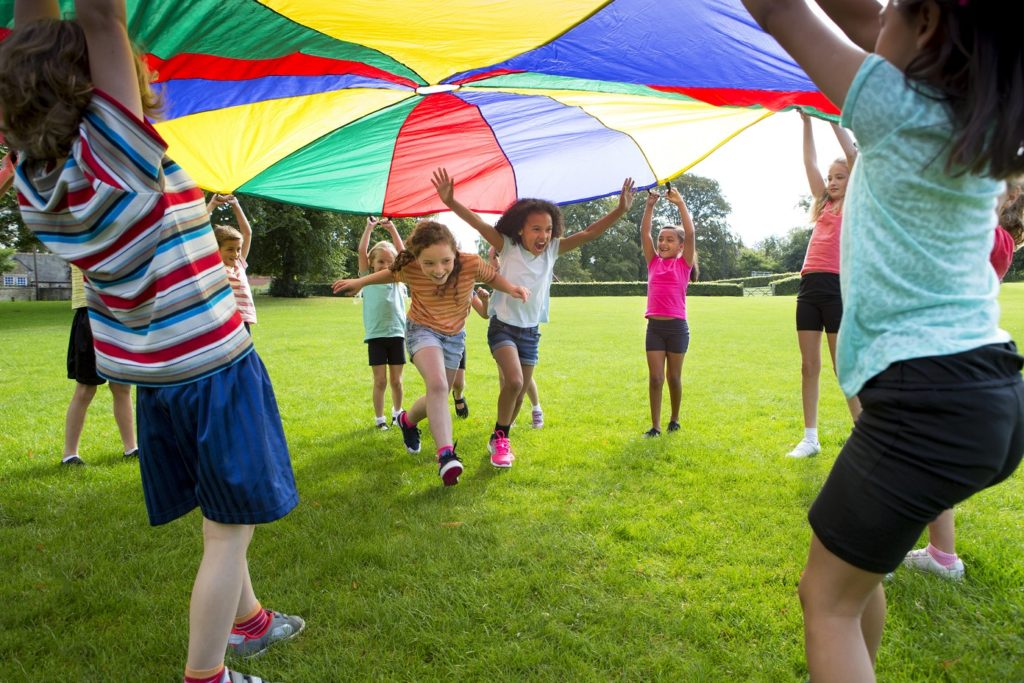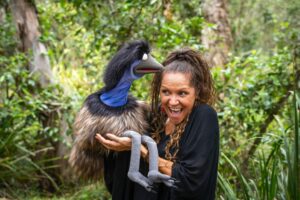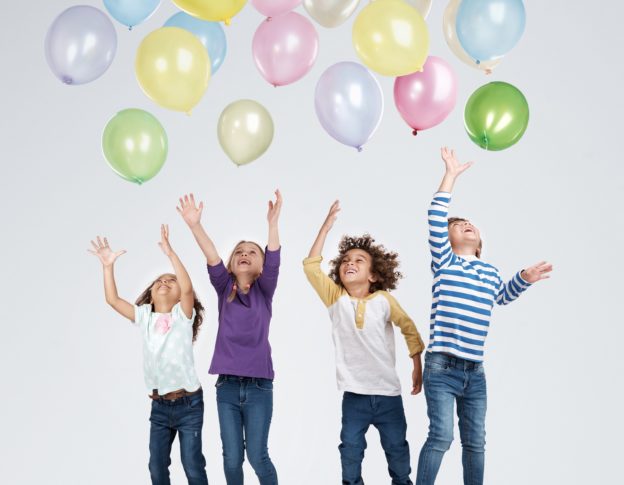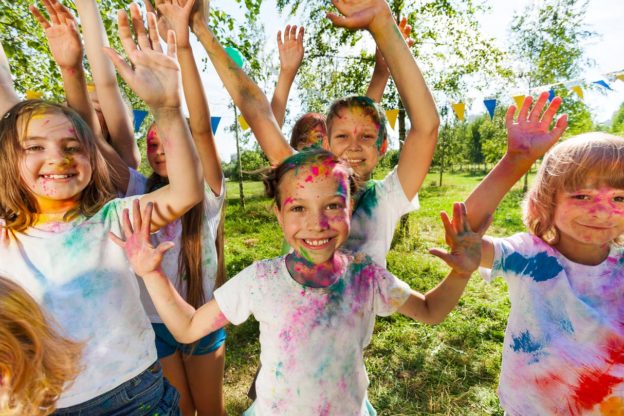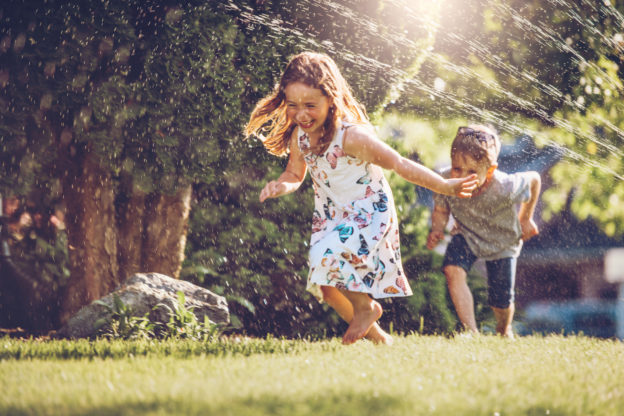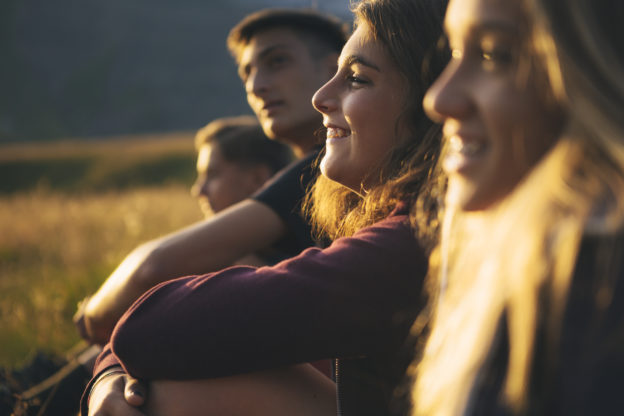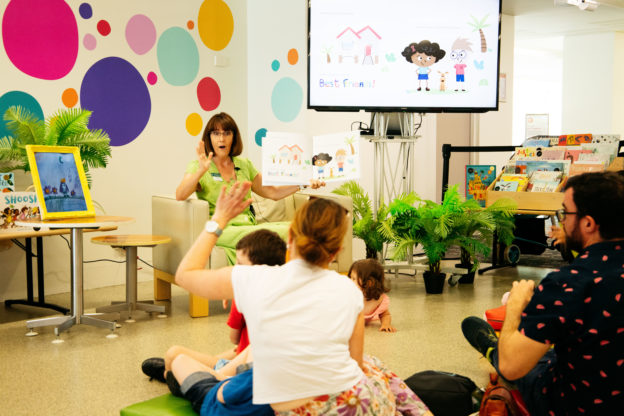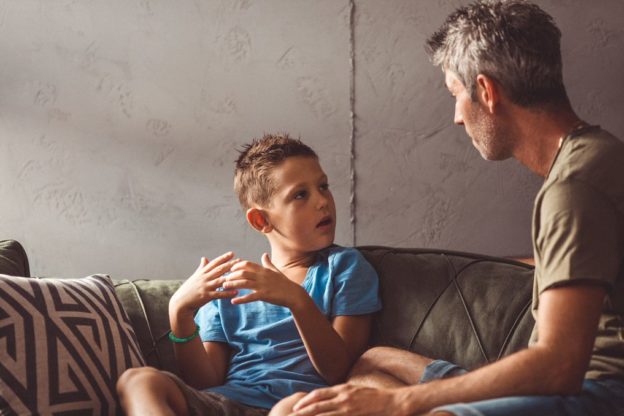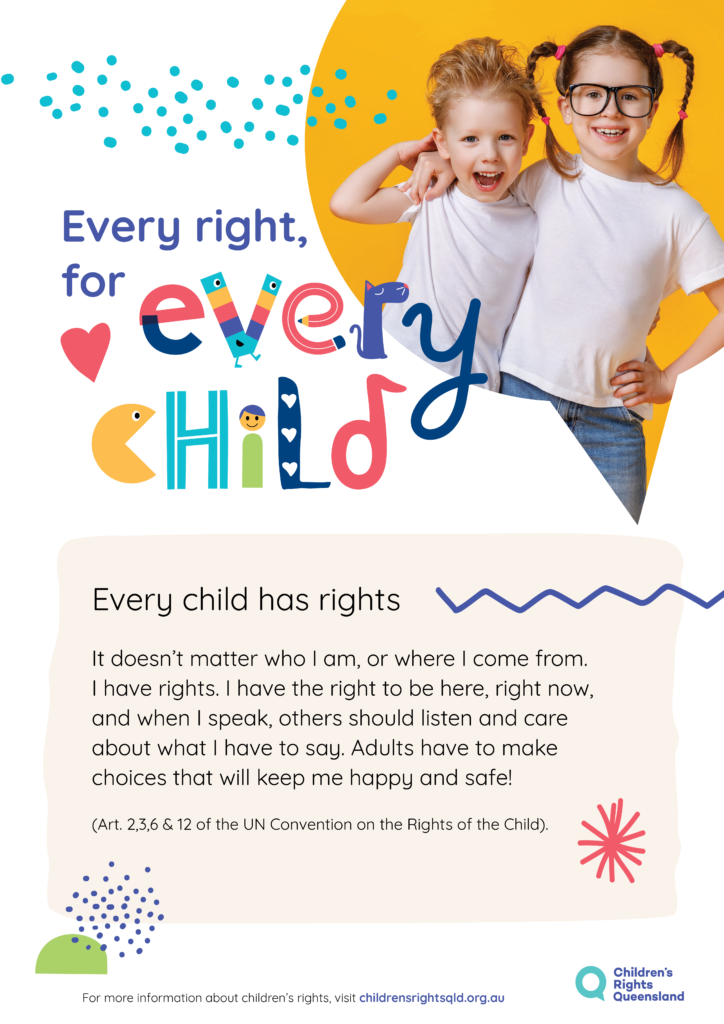When the theme for Children’s Week 2021 was announced, one of the first things I did was a quick google search to learn more about Article 15 of the Convention on the Rights of the Child.
That quick search told me:
- Article 15 states that: “Children have the right to meet together and join groups and organisations as long as this does not prevent other people from enjoying their rights.”
- Article 15 is essentially about the human right to ‘freedom of association’ and that – like all people in the world – children and young people should be free to:
- connect safely with individual people and groups of friends
- set up an organisation
- join an organisation
- take part in peaceful protest.
- While fewer resources seem to exist for Article 15 than for other more well-known articles (particularly Article 12: Children’s right to have a say), some comprehensive work has been done to support children to run their own groups, notably The Article 15 Project. (Visit www.crc15.org)
The Article 15 Project struck me as a great resource for supporting truly child-led groups, so I made contact to check that the project is current and appropriate for promotion.
It turns out that – not only is the project current – but it has very impressive credentials. The two researchers from City University of New York – Bijan Kimiagar and Roger Hart (also famous for Hart’s Ladder of Participation) – literally wrote the chapter about Article 15 in the Handbook of Children’s Rights (2017)!
A browse through The Article 15 Project modules below suggests that there are plenty of ways that we can support children’s groups to be as transparent, fair and effective as possible. (And plenty of ideas to help us improve our own groups too!).
Module 1 – Introduction: overview of the structure and purpose of the resource kit.
Module 2 – Exploring the Role of Adult Facilitators: encourages adults to consider how their position of power can be used well or poorly when engaging with children’s groups.
Module 3 – Exploring What is a Good Group: ways to identify existing group strengths and weaknesses and areas the group would like to improve.
Module 4 – Planning Improvements to Our Group: how to identify a vision and to develop an action plan to improve their children’s groups.
Module 5 – Who We Include as Members: identifying membership patterns and developing ways to become more inclusive.
Module 6 – How We Organise and Manage Ourselves: reflecting on the balance of power between different members to find ways for all members to have an influence on decisions.
Module 7 – How We Keep Our Group Going Strong Over Time: tips to discuss and plan strategies that will keep the group going when members leave.
Module 8 – How We Protect Ourselves Through Our Group: reflecting on the importance of child protection, and the roles that groups can play to keep members safe.
Module 9 – How to Get and Use Resources: ways to identify resources in the community that may help support their efforts, including adults or other children who might help the group, material resources, as well as physical resources like meeting spaces.
Module 10 – How Adults Work With Our Children’s Group: helping children to identify adults and institutions that are influential for their group, and to identify ways to strengthen partnerships with adults and other relevant organisations.
For more information download The Article 15 Project Resource Kit at https://crc15.org/kit/
Blog by Helen Fogarty (NAPCAN).

